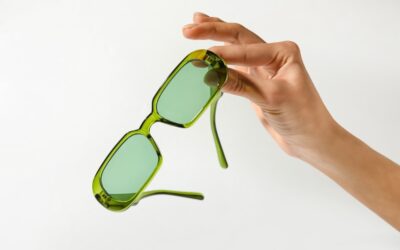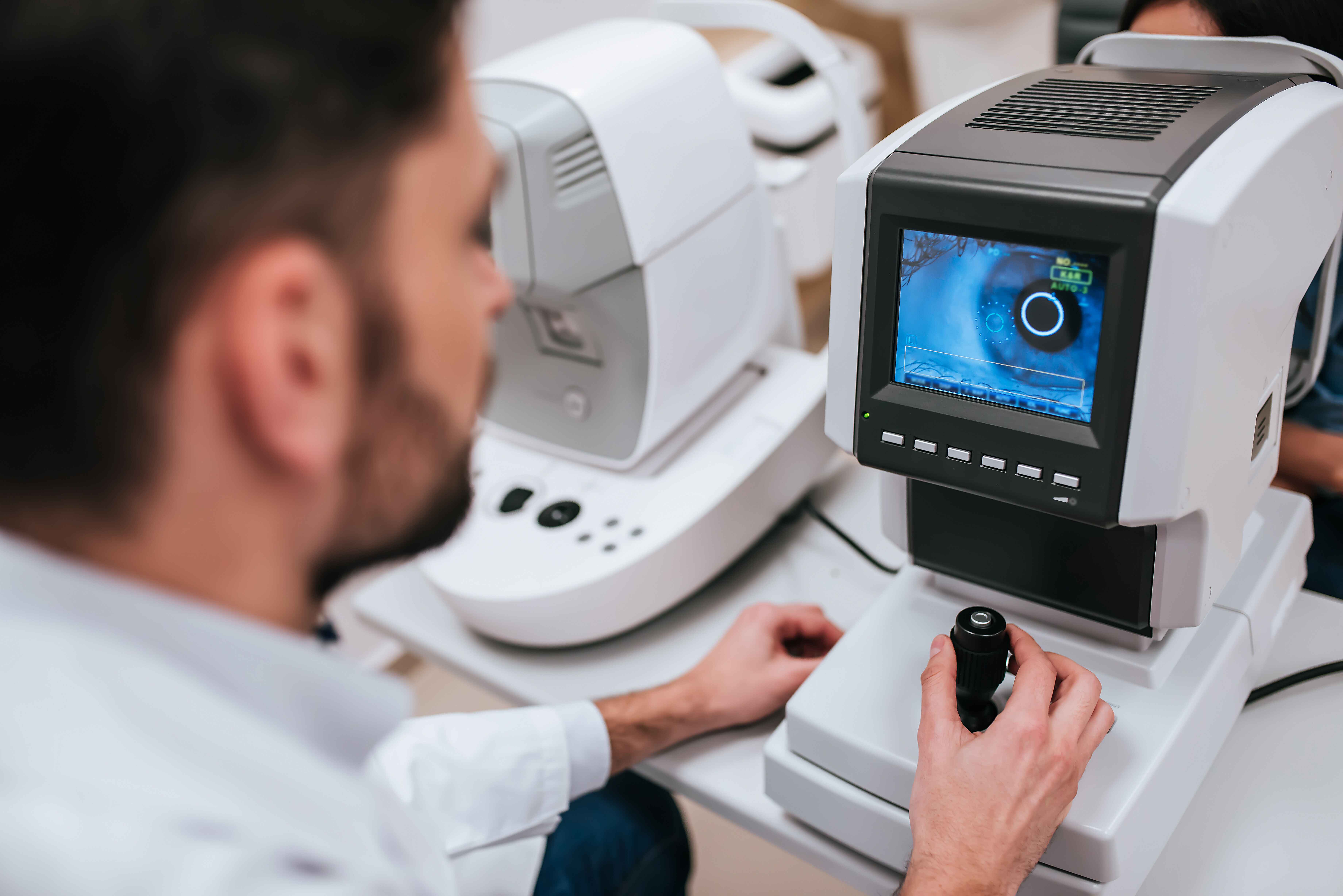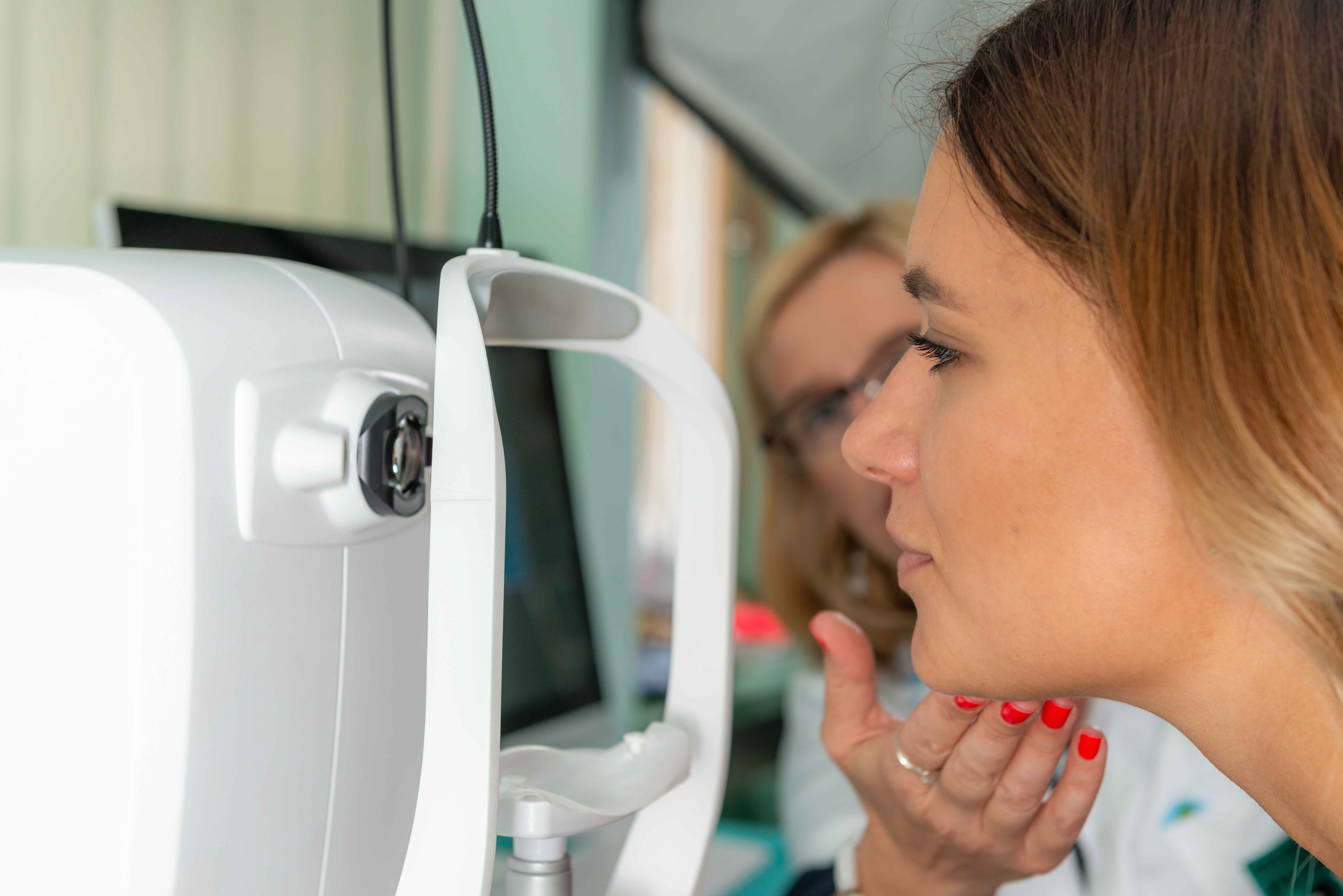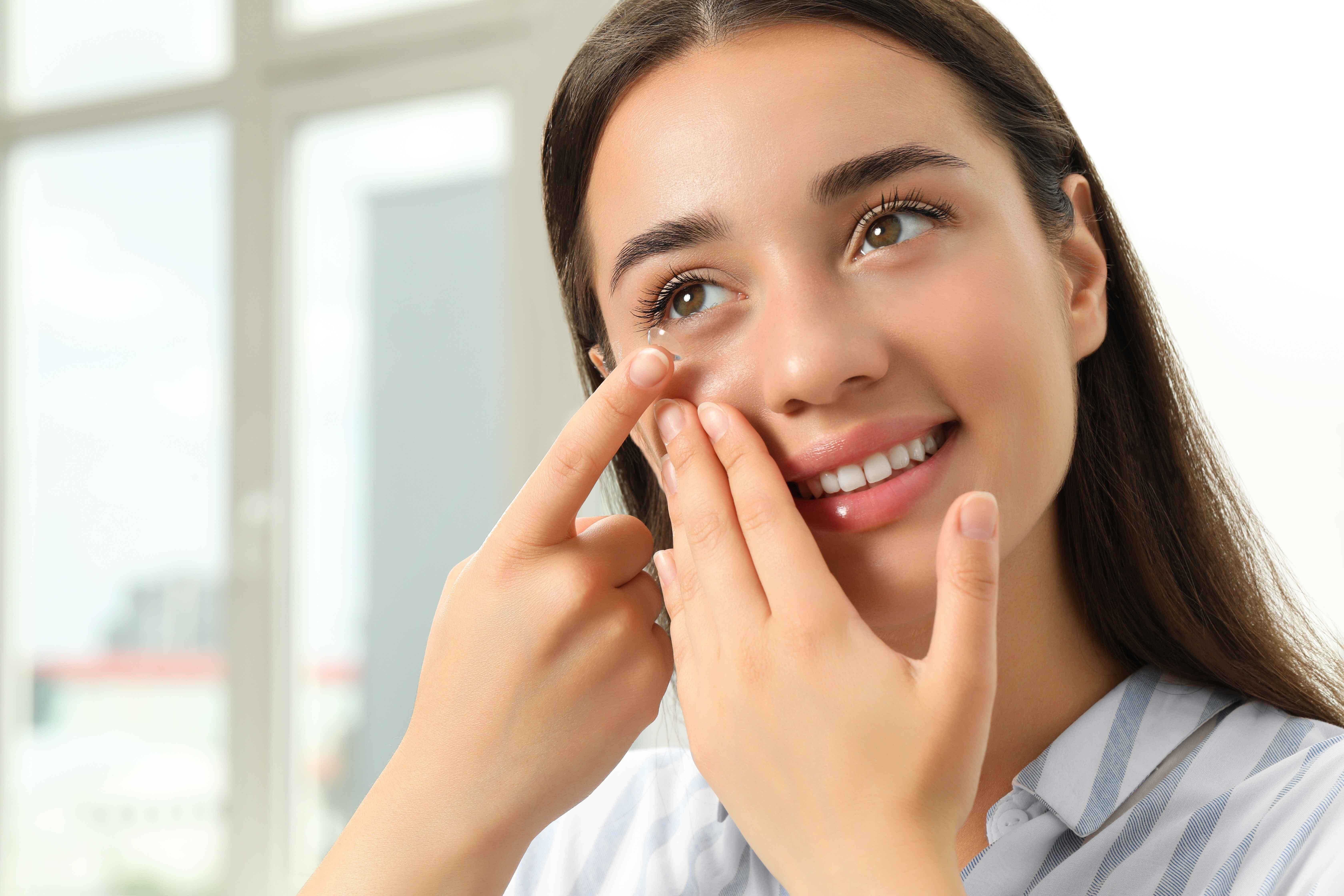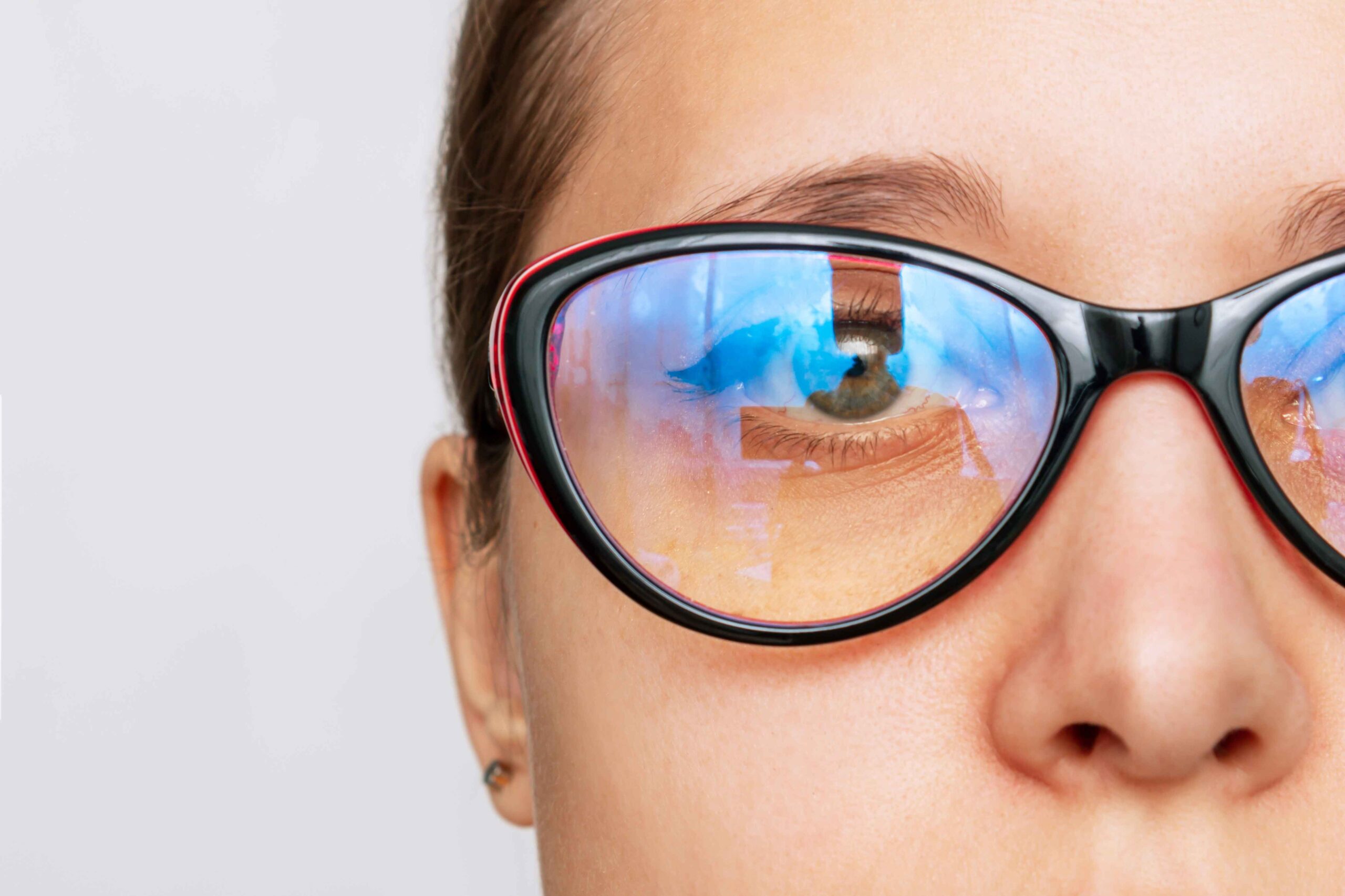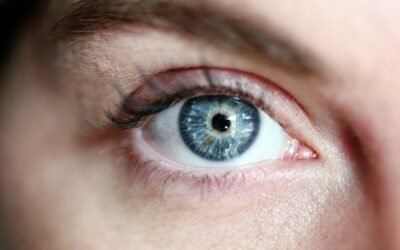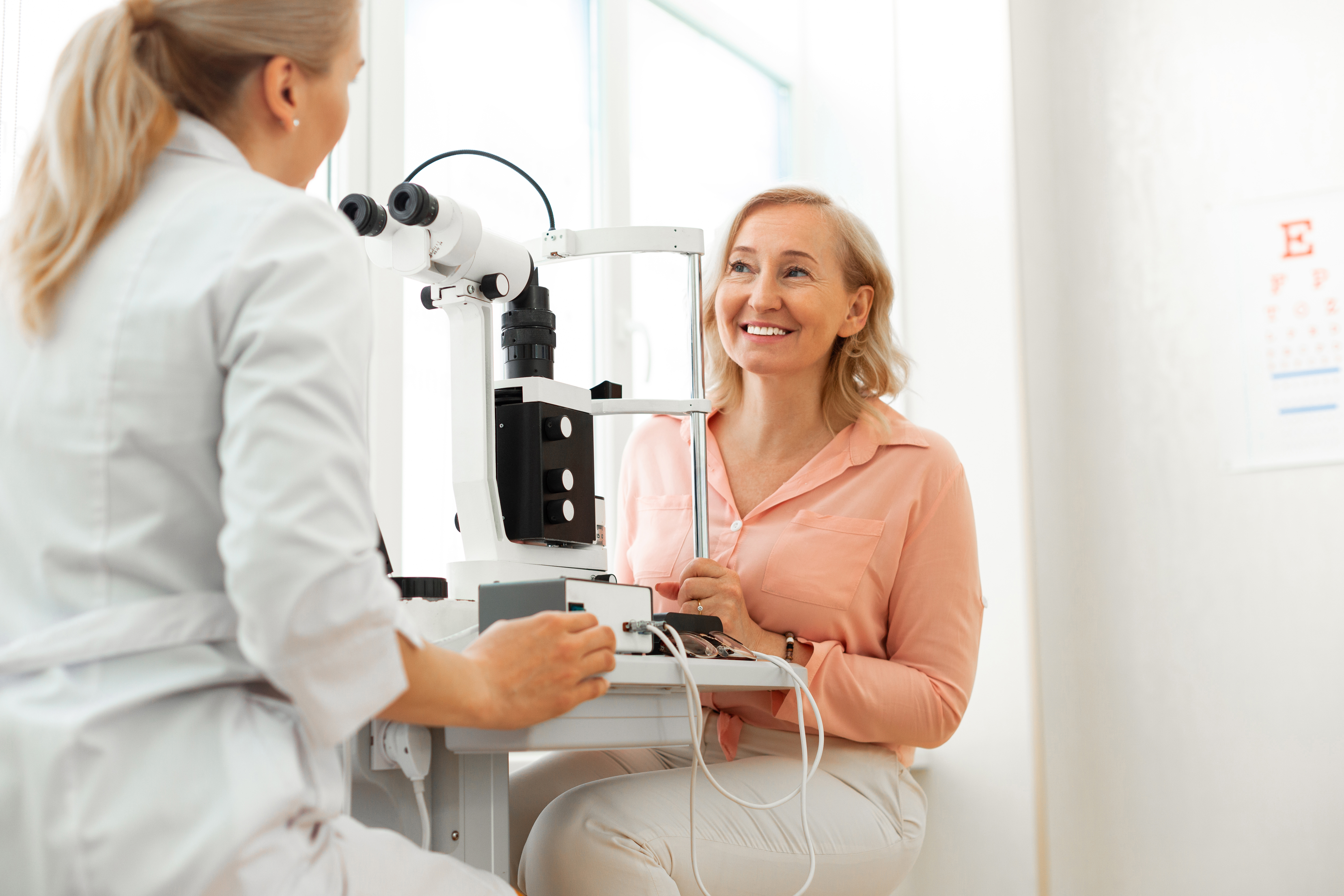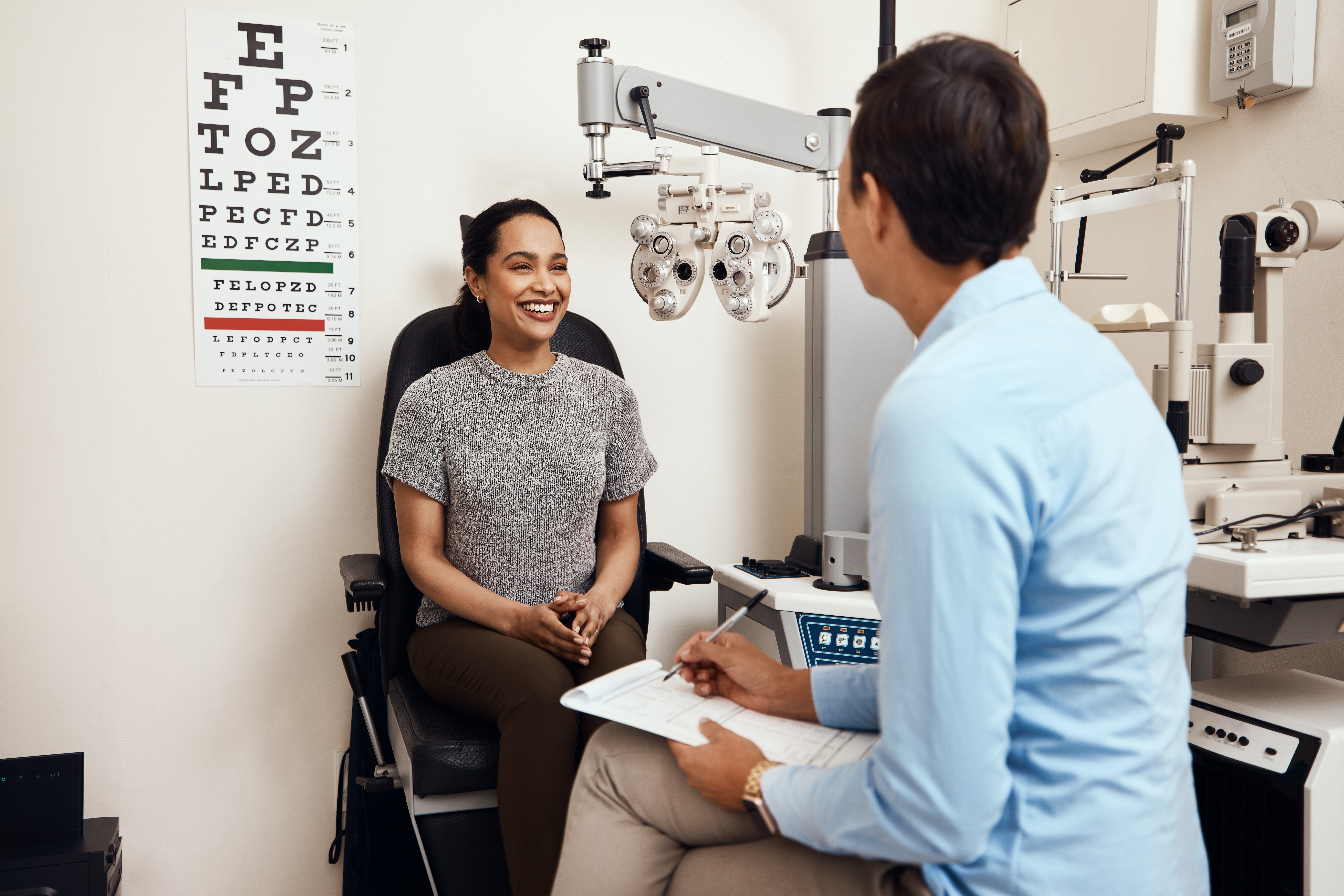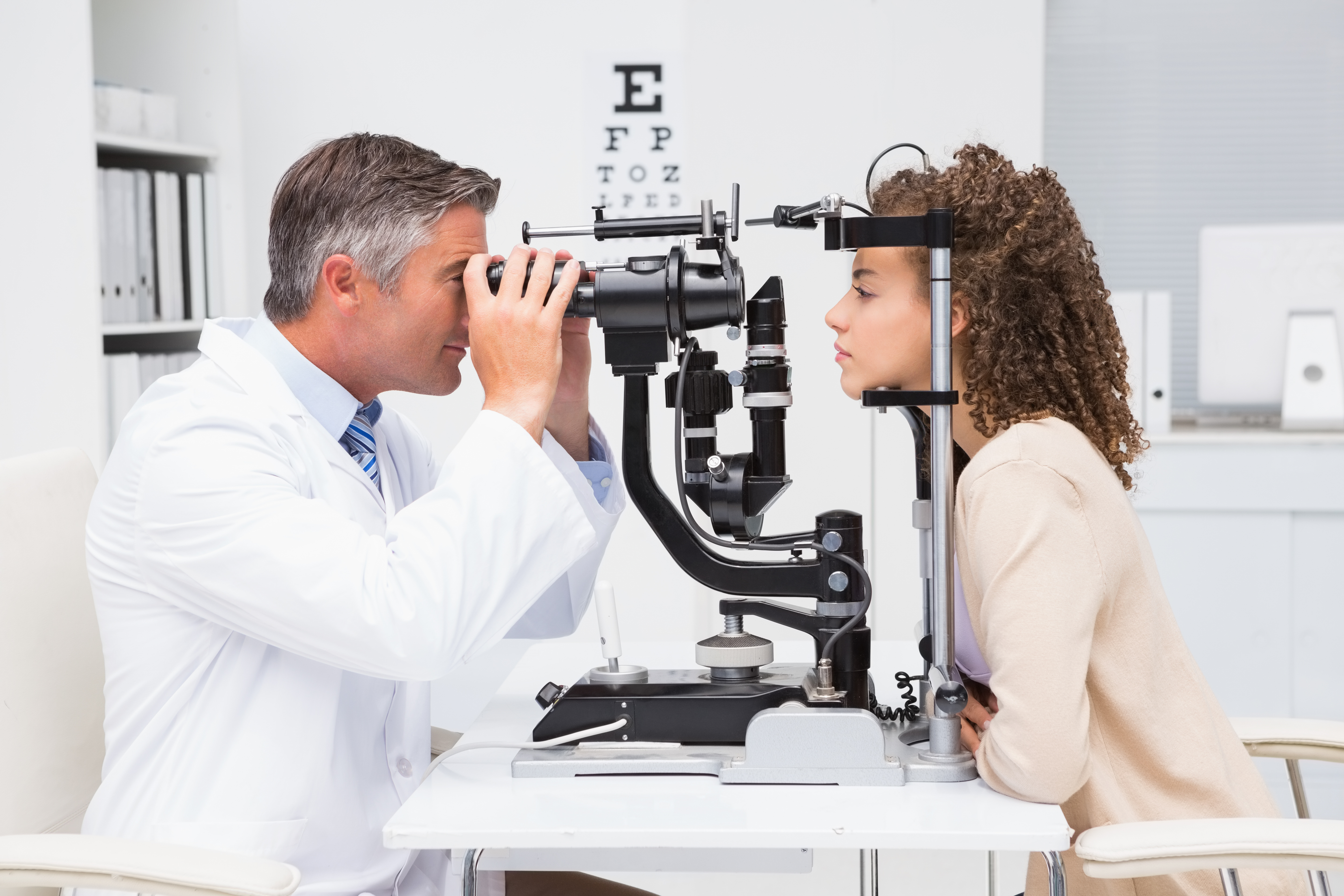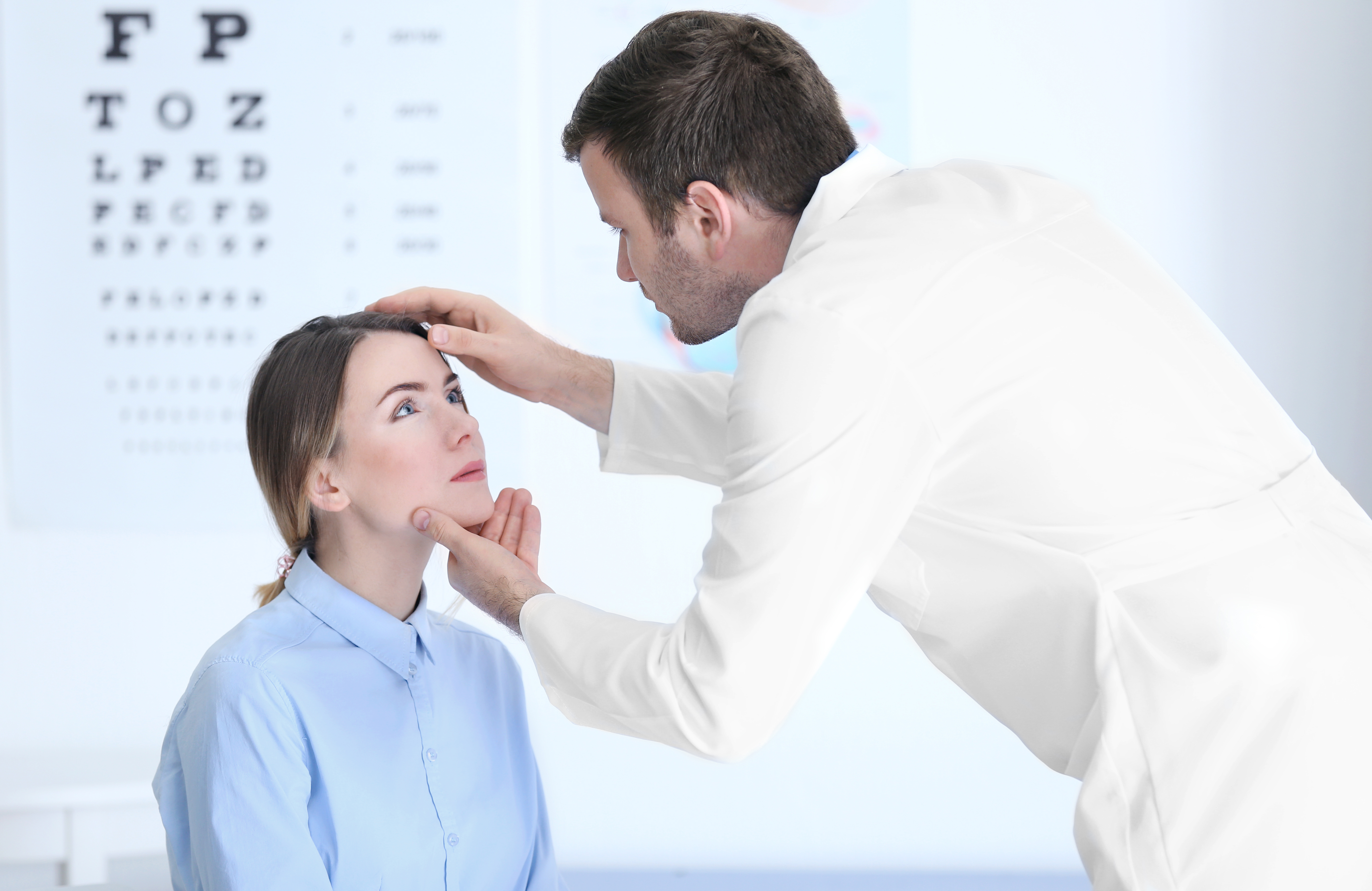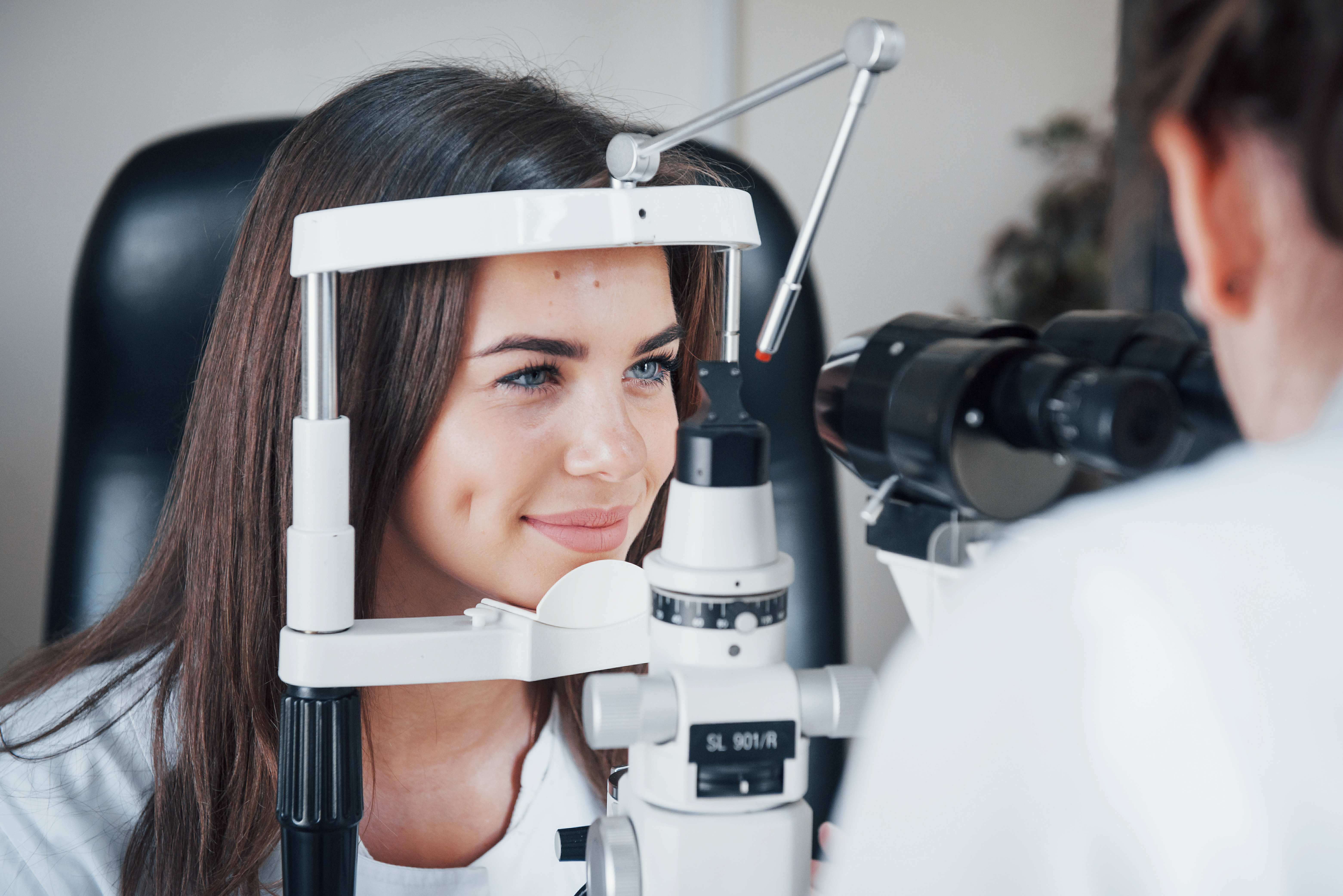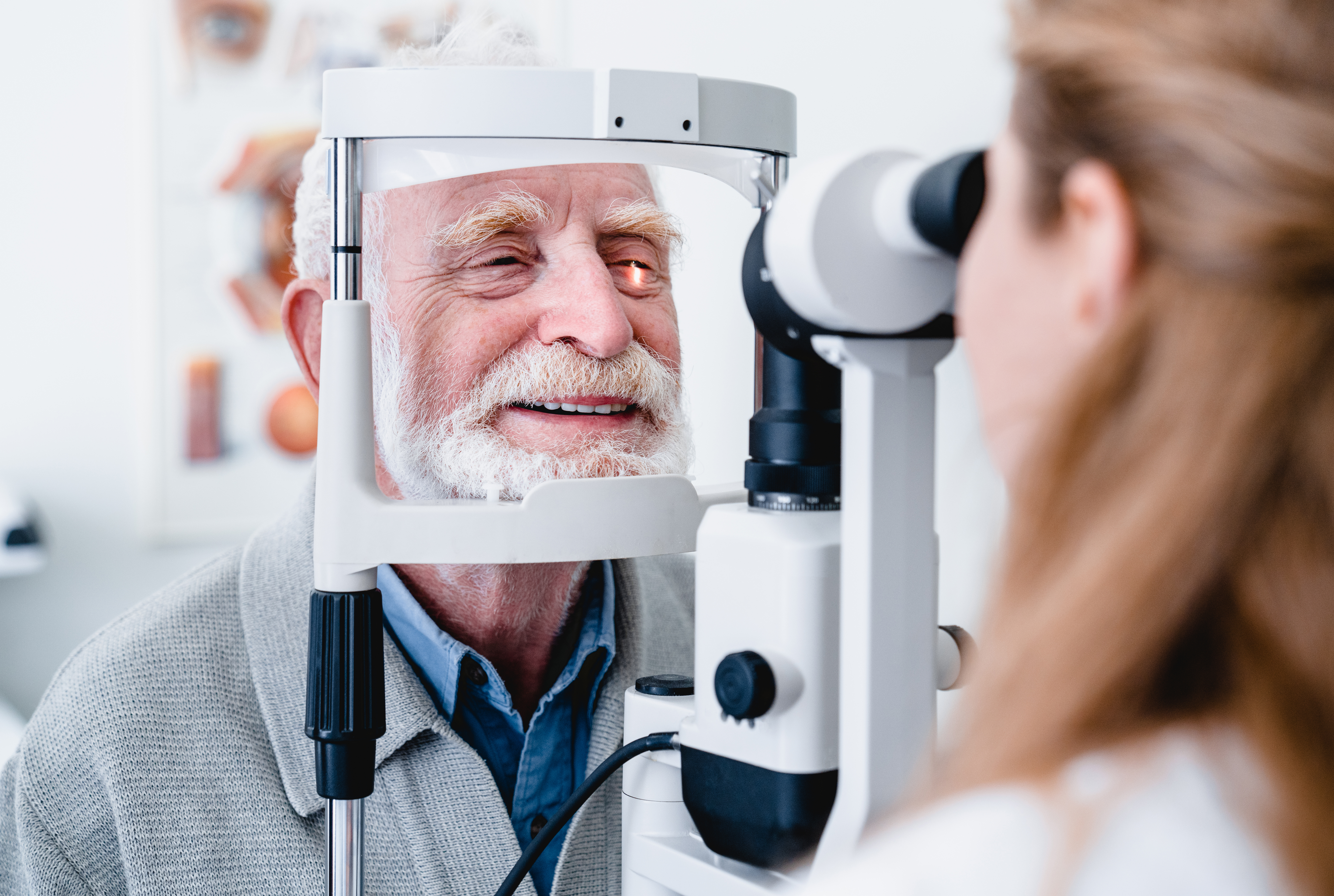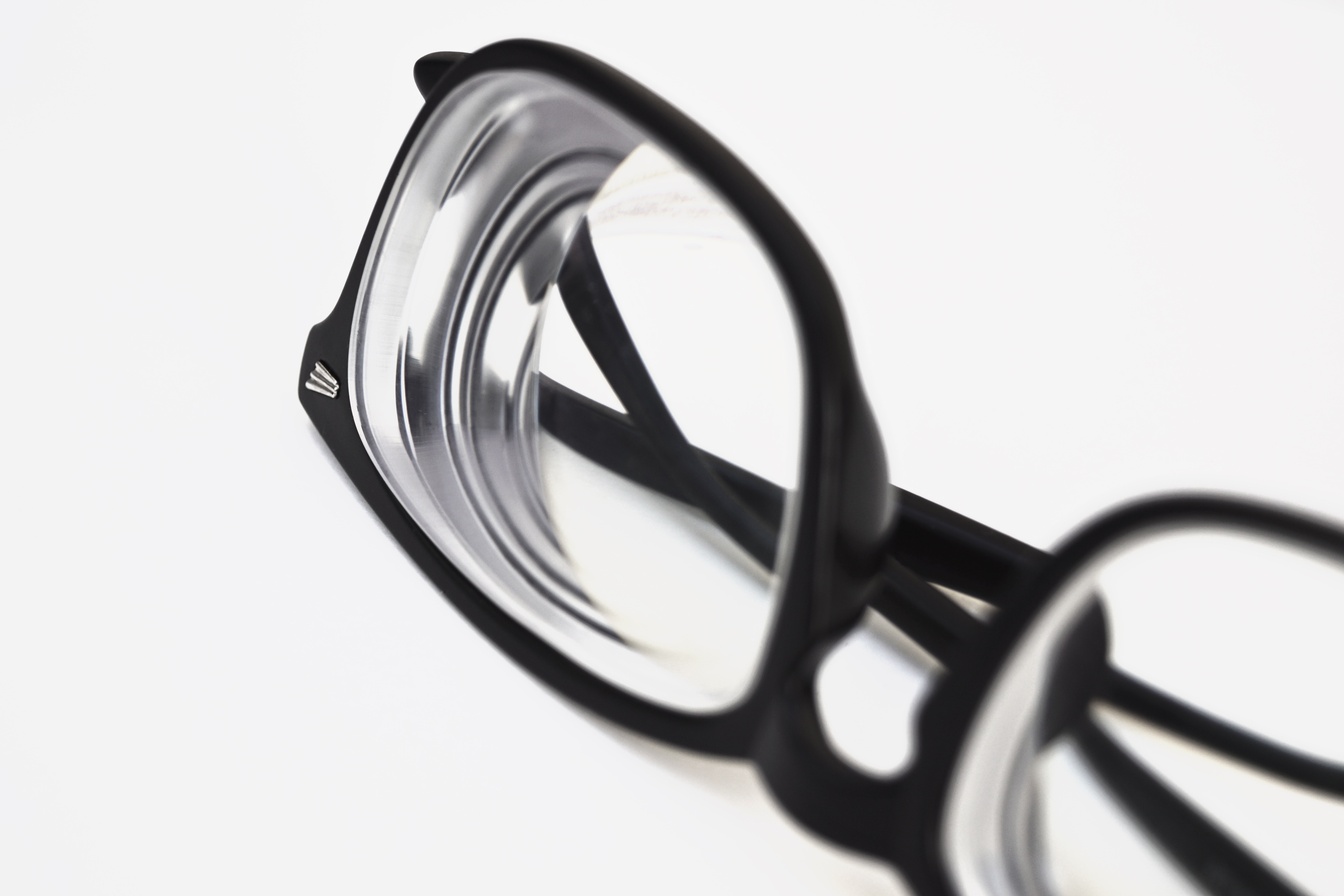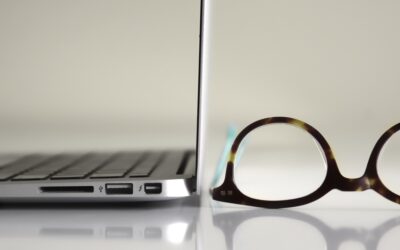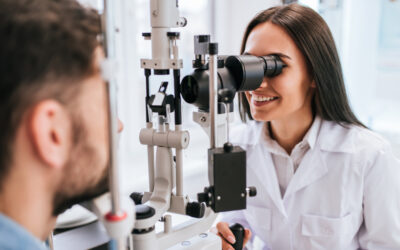Table of Contents
As an employer, it’s important to create a safe and comfortable work environment. With employees spending a significant portion of their workday staring at screens, it’s important to consider blue light exposure and how it can affect eye health.
Below, we’ll examine the effects of blue light, the digital eye strain it causes on your employees’ eyes, and how to help them prevent blue light eye strain.
When to Wear Blue Light Glasses
Staring at screens for long hours can cause digital eye strain or computer vision syndrome. These symptoms typically include blurry vision, headaches, dry eyes, and fatigue. Digital eye strain is linked to not blinking enough when staring at a screen, focusing on the same plane of sight for long hours, and being exposed to blue light from LEDs.
Should I Wear Blue Light Glasses at Work?
Blue light glasses are emerging as a solution for office workers and anyone who uses screens daily. These glasses act as a filter that reduces exposure to blue light.
Digital Eye Strain, Blue Light, and Protective Measures
Blue light refers to a portion of the visible light spectrum. It makes up about a third of all the visible light we get from the sun and travels along a wavelength of 380 to 500 nanometers. Blue light has a short wavelength and a high energy level compared to other visible colors.
What Are the Effects of Blue Light?
This high energy level affects your brain by promoting alertness and boosting your mood. However, blue light blocks melatonin production, which can lead to a hormonal imbalance that negatively affects sleep.
Researchers also believe blue light triggers inflammation when it reaches the cornea, resulting in oxidative damage and increasing the risk of developing macular degeneration.
When Can I Wear Blue Light Glasses?
You can wear blue light glasses whenever you use a computer, phone, tablet, or TV. The lenses will reduce the amount of blue light that reaches your eyes, limiting the damage.
Can You Wear Blue Light Glasses to Prevent Digital Eye Strain?
Blue light lenses will make a difference, but there are additional steps employees should take:
-
Reducing screen time and taking screen breaks can prevent loss of corneal flexibility. Taking a 20-second break to look at something 20 feet away every 20 minutes is a good start.
-
Prioritize natural lighting and adjust screen position to have displays sit 20 to 40″ away from the eyes.
-
Ergonomic office chairs can help employees adopt healthy sitting postures and look at displays from a more natural angle.
-
Computer displays with adjustable brightness levels and built-in blue light filters can increase comfort.
-
Encourage employees to get a vision check-up every year or every two years.
Evolution in Vision Coverage and Benefits of Blue Light Glasses for Office Workers
There is a rising awareness of blue light and its effects on vision.
Making blue light glasses accessible to employees is a tangible step you can take to protect eye health and prevent digital eye strain in the workplace. Although vision plans usually don’t cover blue light glasses specifically, selecting a plan that offers savings in other areas can make it more feasible to afford these glasses by reallocating the saved funds towards their purchase.
Plus, blue light glasses are a perk everyone can benefit from, whether they need prescription lenses or not.
Making Blue Light Glasses Accessible to Everyone
Blue light glasses are an effective way to reduce exposure to blue light from displays in an office setting. As an employer, you can make a difference by educating employees about the risks associated with blue light and encouraging proactive eye health habits, including wearing blue light glasses.
Vision Care Direct of Oklahoma offers an employee vision plan with negotiated benefits. Learn more about the options offered and how these products can improve eye health for your workforce.





